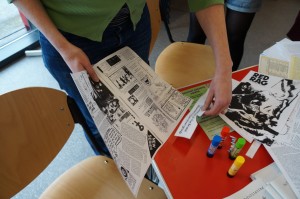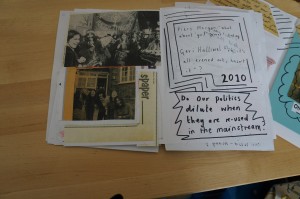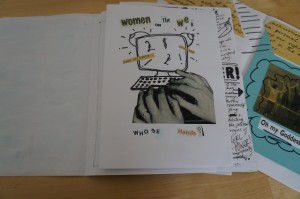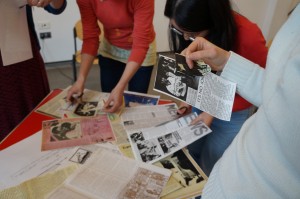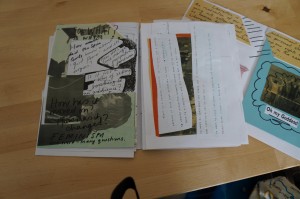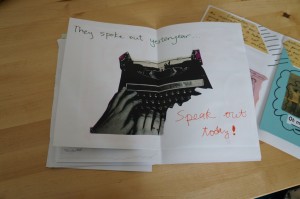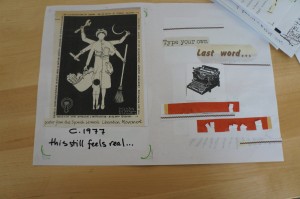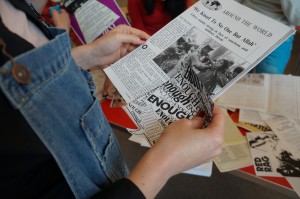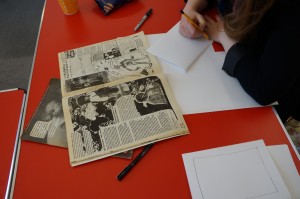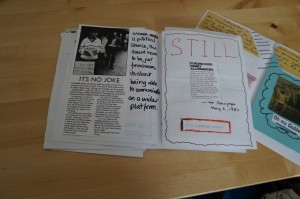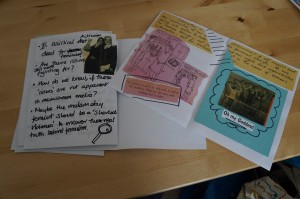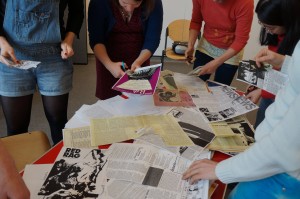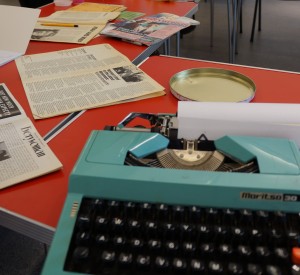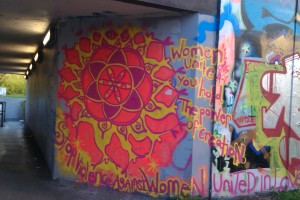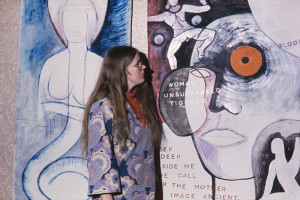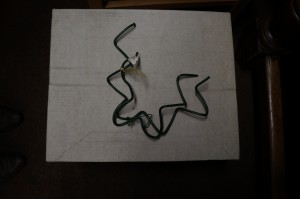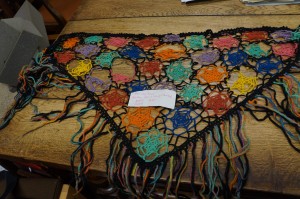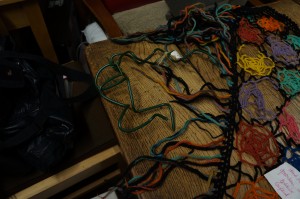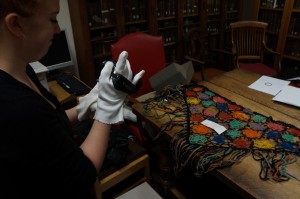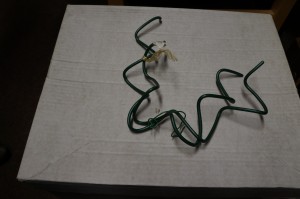On Saturday 6 July we are delighted to welcome folk legend Frankie Armstrong to Bristol to explore the history of women’s folk music.
Alongside Peggy Seeger, Sandra Kerr, Alison McMorland and Kathy Henderson, Frankie produced two albums of women’s folk music, The Female Frolic (1968) and My Song is My Own (1980). There is also the book My Song is My Own (1979), which documents 100 women’s songs.
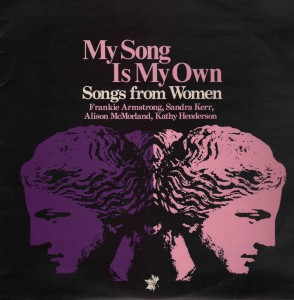 The workshop will comprise of a live oral history that will explore how Frankie helped to research and collect the legacy of women’s folk traditions. This will be followed by a singing session led by Frankie. Not to be missed!
The workshop will comprise of a live oral history that will explore how Frankie helped to research and collect the legacy of women’s folk traditions. This will be followed by a singing session led by Frankie. Not to be missed!
You can listen to Frankie talk about her influences here:
[soundcloud url=”http://api.soundcloud.com/tracks/90177447″ params=”” width=” 100%” height=”166″ iframe=”true” /]
What about this for a pro-choice anthem as well! ‘We Must Choose’ (Armstrong).
[soundcloud url=”http://api.soundcloud.com/tracks/96379464″ params=”” width=” 100%” height=”166″ iframe=”true” /]

